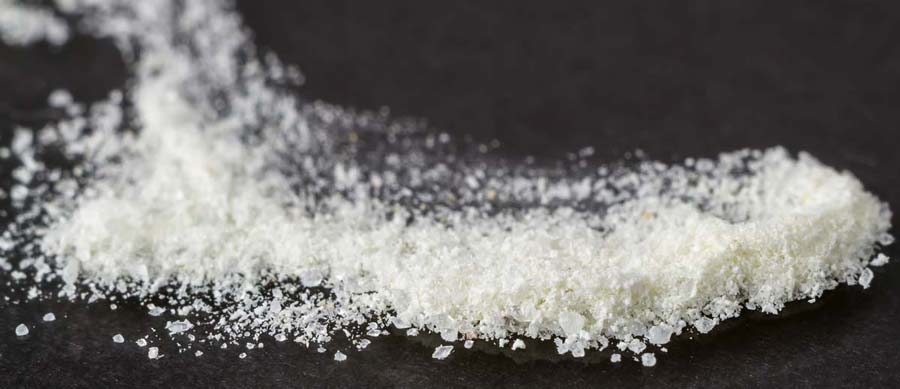[tab_nav type=”two-up”][tab_nav_item title=”Clinical Case” active=”true”][tab_nav_item title=”Answer” active=””][/tab_nav][tabs][tab active=”true”]
Case: 57 year old female was transferred to your ICU from an OSH after a house fire for carbon monoxide poisoning, possible cyanide toxicity, and inhalational injury. She was found in her house unresponsive at the time of the fire. She was intubated at the OSH for airway protection. Her carbon monoxide level was 35%. She was given cyanide treatment and transferred for hyperbaric oxygen treatment.
She arrives in your ICU hypoxic after her hyperbaric treatment. You are able to suction minimal thick, concrete, black, carbonaceous secretions. What are you treatment options?
[/tab][tab]
Inhalational Injury Facts
- Inhalational injury occurs in ~20% of all burn patients
- Mortality is 30%.
- Caused by temperature, particulates that can travel down to the alveolar level, oxins such as carbon monoxide and cyanide, respiratory irritants such as nitrogens, phosgenes, ammonia, and chlorides
- Airway edema peaks at 24-48 hours
The role of bronchoscopy in inhalational injury
- Considered the gold standard in diagnosis of inhalational injury.
- However, bronchoscopy may contribute to further airway trauma in an already irritable and friable airway.
- Patients with severe hypoxia may not tolerate bronchoscopy.
Emerging use of Nebulized heparin, NAC, and albuterol
- Dosing: Nebulized heparin can be used at 10,000IU every 4 hours, followed by nebulized NAC & albuterol 2 hours later for a total of 7 days.
- The nebulized heparin helps to prevent formation of airways casts.
- Together with the NAC, they have a mucolytic effect, and believed to help scavenge free radicals.
- May however cause bronchospasm, so albuterol is added to the regimen.
- Alternating nebulized heparin and NAC have been shown to:
- Improve P/F ratio
- Decrease ventilator days
- Reduce the development of acute lung injury
Back to the Case: In our patient, this combination relieved her hypoxia and allowed significantly better secretion clearance. Unfortunately, she still ultimately required a tracheostomy.
References
[/tab][/tabs]



